ArkDes, an architecture and design centre in Stockholm, has launched its annual gingerbread house design competition, showcasing Swedish Christmas bakers' creative talent.
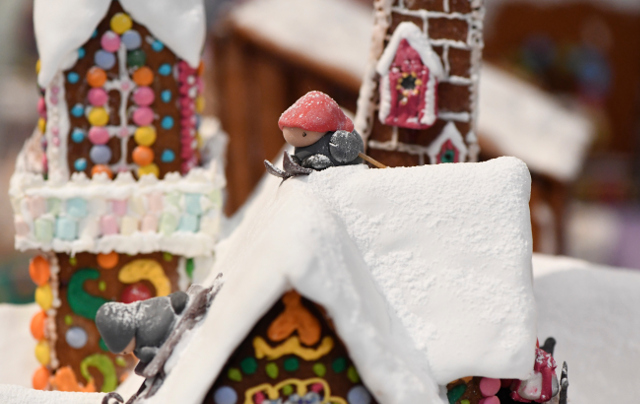
Tiny Swedish 'tomtenissar' on a roof. Photo: Fredrik Sandberg/TT
In its 26th year running, this year's theme is 'HEMligheter', a Swedish play on words that means hem = home and hemligheter = secrets.

Photo: Fredrik Sandberg/TT
The gingerbread creations are on show at Stockholm architecture museum ArkDes until January 8th.
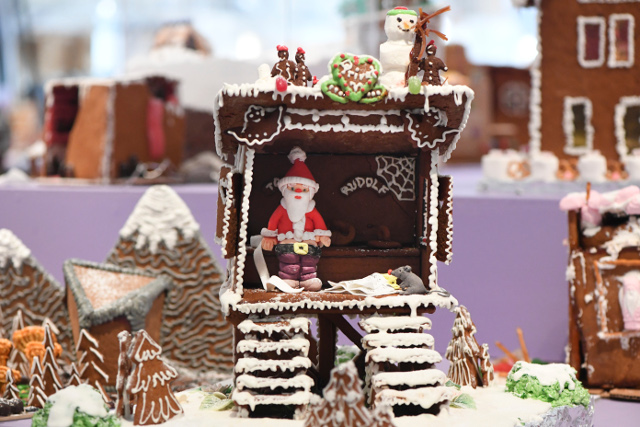
A Santa on the toilet. Photo: Fredrik Sandberg/TT
The rules state that the gingerbread houses must only built out of edible ingredients.
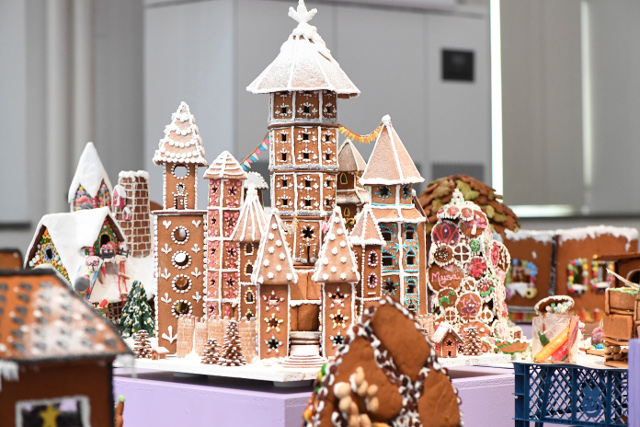
Who wouldn't want to live in a gingerbread castle? Photo: Fredrik Sandberg/TT
A jury will pick their favourites, and the winners will be announced on December 18th.

A gingerbread library. Photo: Fredrik Sandberg/TT
Building gingerbread houses is a staple tradition of the Swedish Christmas calendar, with children in particular creating buildings with their families or in schools. But assembling the works, using melted sugar as glue, can be more difficult than expected.
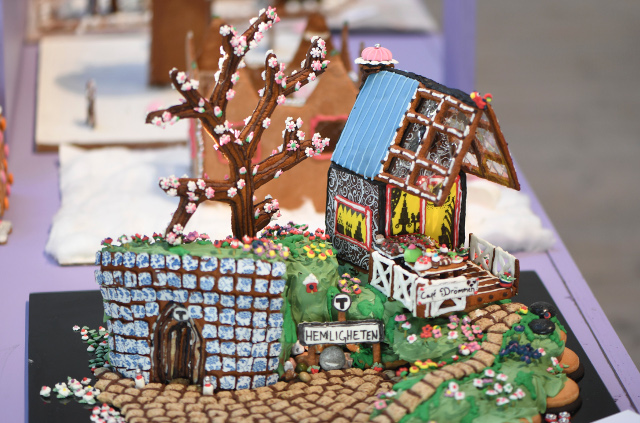
A gingerbread Stockholm metro station. Photo: Fredrik Sandberg/TT
Want to try making your own gingerbread house? Here's our favourite recipe.

A gingerbread football stadion by a Hammarby supporter. Photo: Fredrik Sandberg/TT
The public is also allowed to vote for their favourite, here.
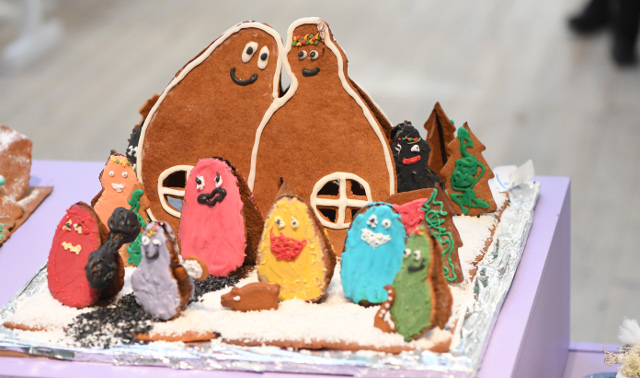
A Barba family. In gingerbread. Photo: Fredrik Sandberg/TT

Photo: Fredrik Sandberg/TT
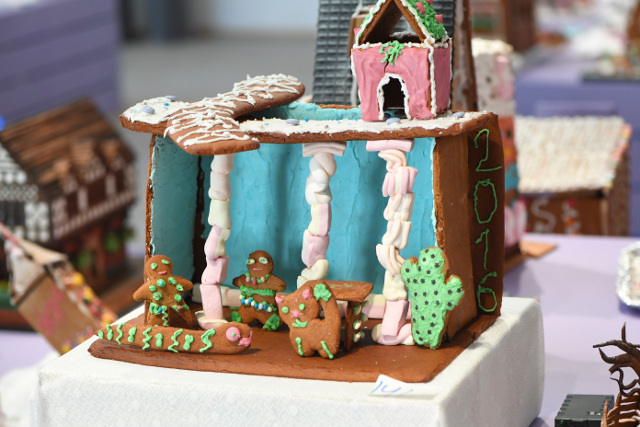
Photo: Fredrik Sandberg/TT

A cubist gingerbread house. Photo: Fredrik Sandberg/TT

An outdoor toilet in gingerbread. Photo: Fredrik Sandberg/TT

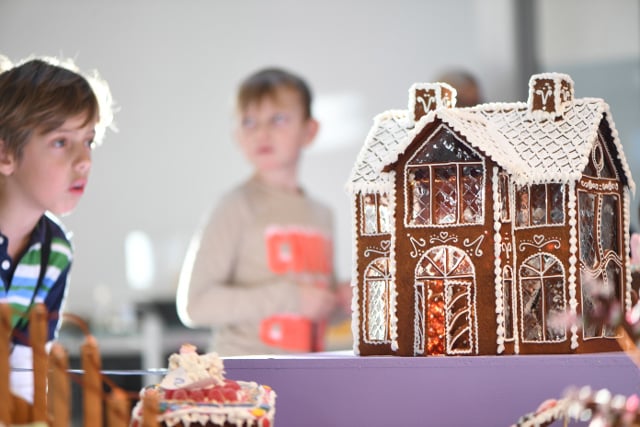

 Please whitelist us to continue reading.
Please whitelist us to continue reading.